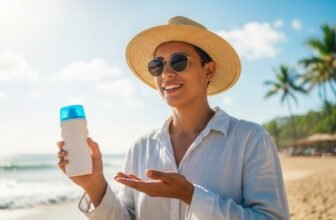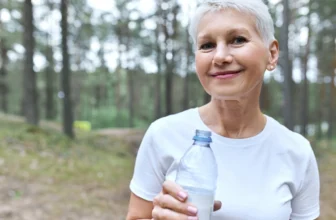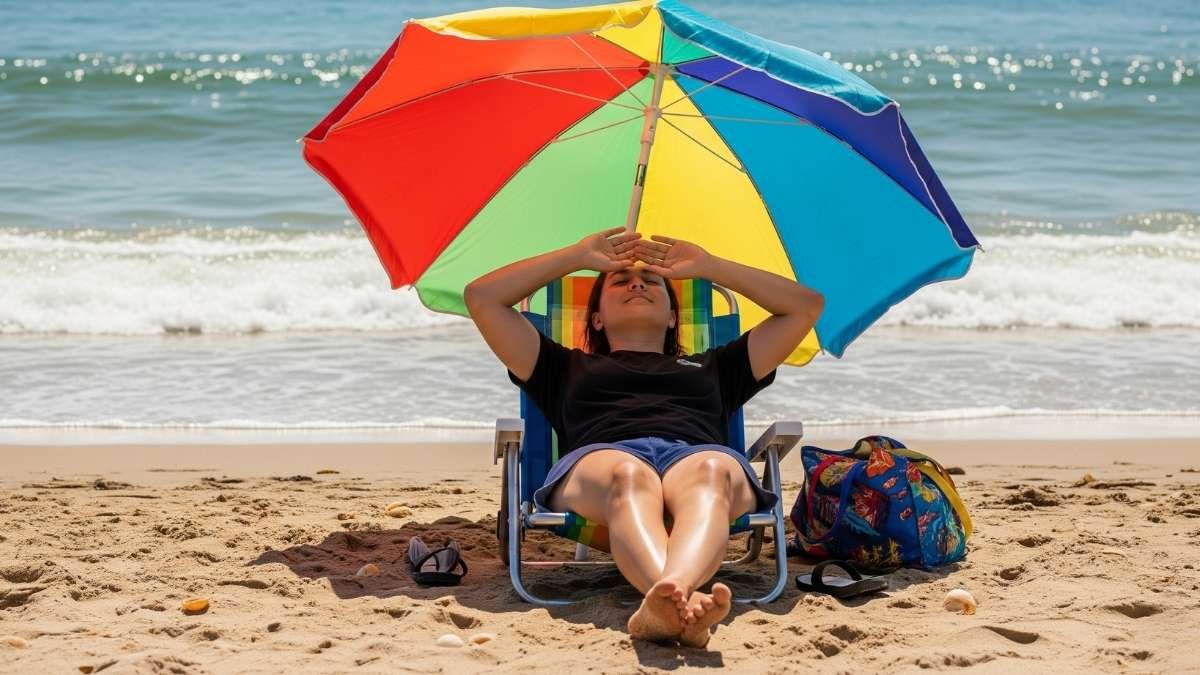
You’re scrolling through Instagram, seeing all those perfect beach bodies and golden tans. You think, “Maybe just one quick tanning session before my vacation?”
Stop right there.
What I’m about to tell you might completely change how you think about that “harmless” summer glow. Recent medical research has uncovered something terrifying – and it’s not what you’d expect.
We’re not talking about forgetting sunscreen at the beach (though that’s bad enough). We’re talking about an activity that increases your skin cancer risk by up to 300% – and millions of people are doing it every single day.
The Shocking Truth About Summer’s Deadliest Activity
Tanning Bed vs Natural Sun: The Shocking Comparison
Natural Sunlight
Tanning Beds
Age of First Use Matters
Here’s the kicker: Indoor tanning before age 35 increases your melanoma risk by 75%.
Let me put that in perspective for you. That’s like playing Russian roulette with your skin. And here’s the part that’ll blow your mind – 97% of women diagnosed with melanoma before age 30 had used tanning beds.
Ninety-seven percent. That’s not a coincidence.
Dr. Seemal R. Desai, President of the American Academy of Dermatology, calls these statistics “extremely concerning.” And when you dig deeper into the research, you’ll understand why doctors are losing sleep over this.
Why Tanning Beds Are Cancer Machines
Think your local tanning salon is “safer” than the sun? Think again.
Those innocent-looking beds pump out 12 times more UVA radiation than natural sunlight. Some emit up to 10 times more UVB radiation than you’d get lying on the beach.
It’s like someone took the sun and put it on steroids. Then locked you in a box with it.
The World Health Organization didn’t mess around when it classified indoor tanning devices as Group 1 carcinogens – the same category as tobacco and asbestos. That should tell you everything you need to know.
But Wait, It Gets Worse
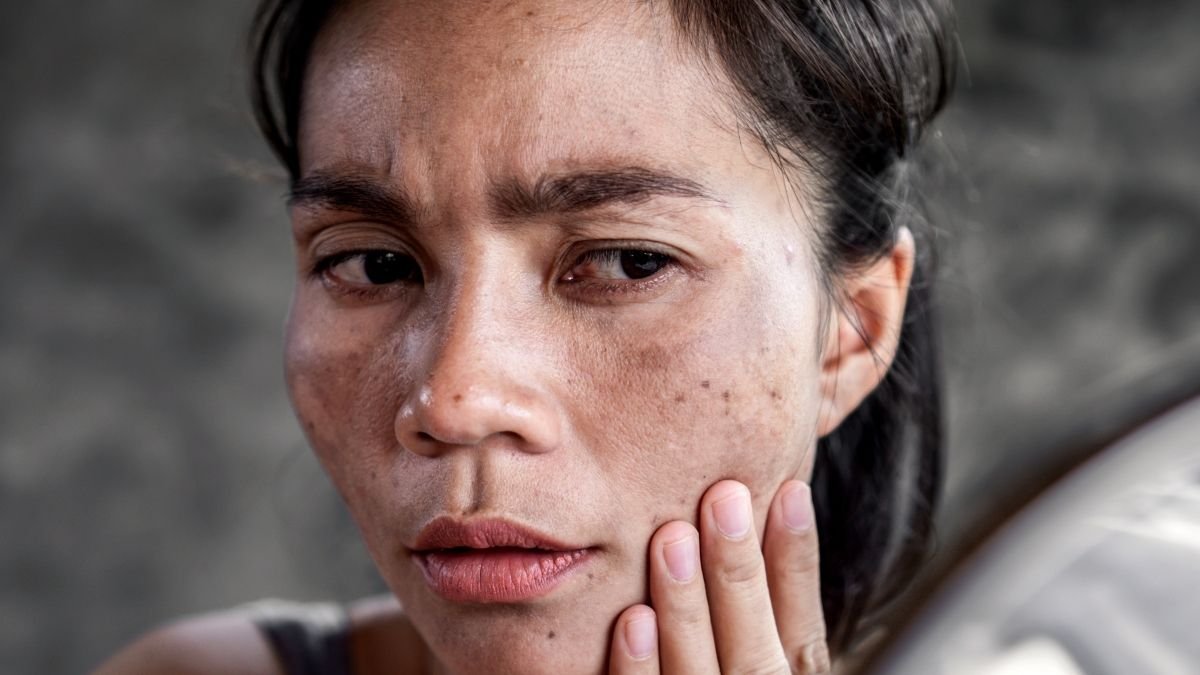
Here’s what nobody tells you about summer activities and cancer risk. It’s not just tanning beds. Your favorite summer destinations might be setting you up for disaster.
The Mountain Vacation Trap
Love those Instagram-worthy mountain getaways? Here’s what’s happening to your skin:
UV levels increase 10-12% for every 1,000 meters in altitude.
Let’s say you’re hitting up Vail, Colorado (8,500 feet elevation). You’re getting 60% more UV-B radiation than someone chilling at sea level. Year-round residents at that altitude? They face 115% higher annual skin cancer rates.
That “healthy mountain air” suddenly doesn’t sound so healthy, does it?
The Beach Reflection Nightmare
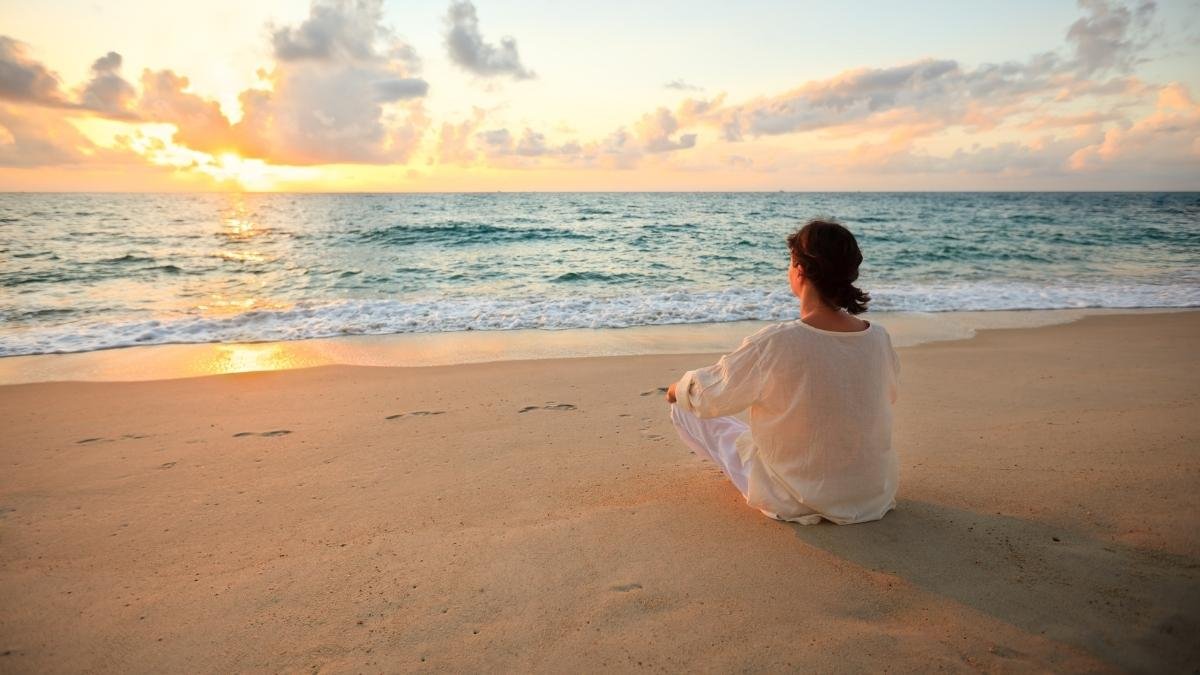
You slather on sunscreen and think you’re protected at the beach. But here’s what you don’t see coming:
- Sand reflects 15-18% of UV rays at you
- Sea foam reflects 25-30% (compared to just 3-10% for calm water)
- Fresh snow reflects 50-88% of UV radiation
You’re basically getting hit from above AND below. It’s like being in a funhouse mirror, except instead of looking funny, you’re getting double the cancer-causing radiation.
The Cloud Cover Lie That’s Fooling Everyone
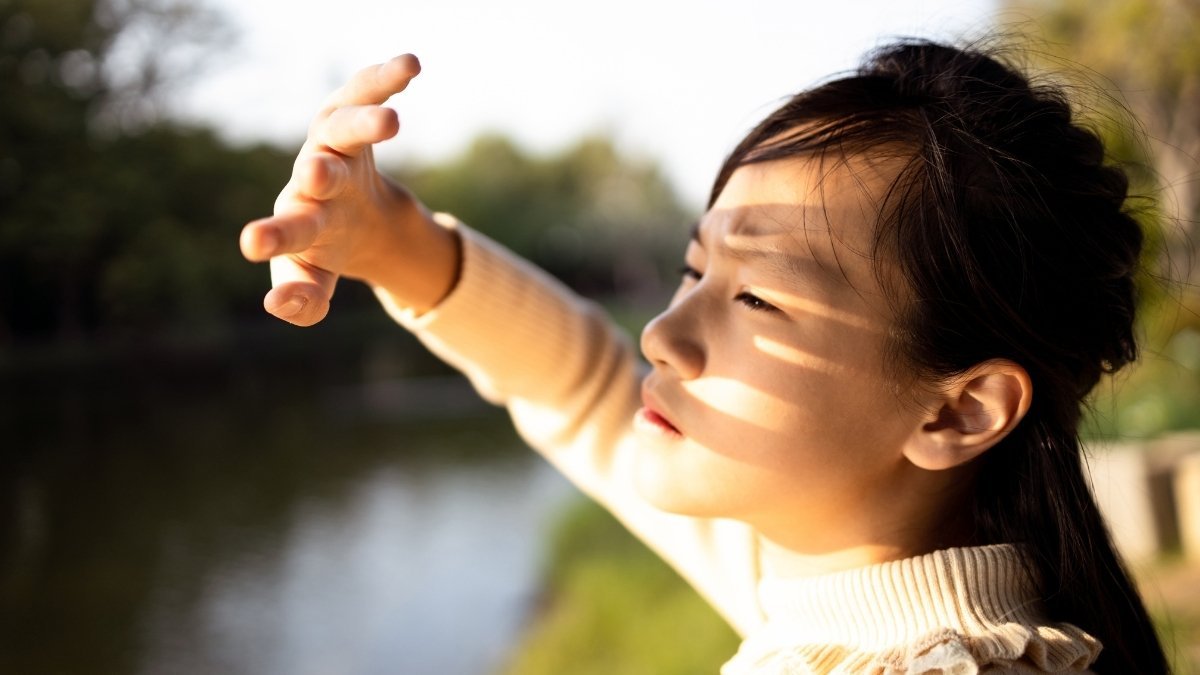
Ready for this? 80-90% of UV rays penetrate most clouds.
I know, I know. You thought cloudy days were safe. We all did.
But get this – the “broken cloud effect” can increase UV exposure by 25% compared to clear skies. Dr. Saira George from MD Anderson found that DNA damage increases by up to 40% under partially cloudy skies.
So that “perfect cloudy beach day” where you skipped the sunscreen? Yeah, your skin remembers every minute of it.
The Numbers Don’t Lie
UK cancer researchers analyzed over 11,000 melanoma cases and found something chilling:
35% higher skin cancer diagnosis rates in summer months compared to winter.
- Summer months: 9.9%, 9.7%, 9.8%
- Winter months: 7.2%, 7.2%, 7.1%
Your summer vacation photos might look amazing. But your skin is keeping a different kind of record.
Generation Z’s Dangerous Game with Cancer
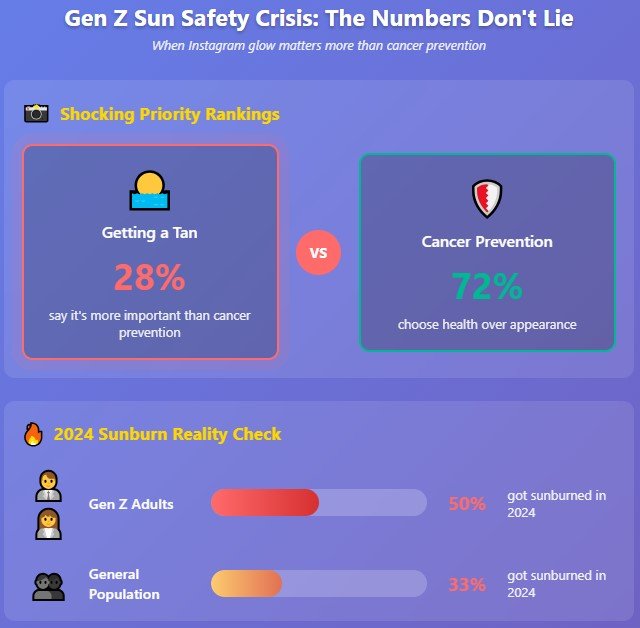
Here’s where things get scary. Despite having access to more skin cancer information than any generation in history, 28% of Gen Z says getting a tan is more important than preventing skin cancer.
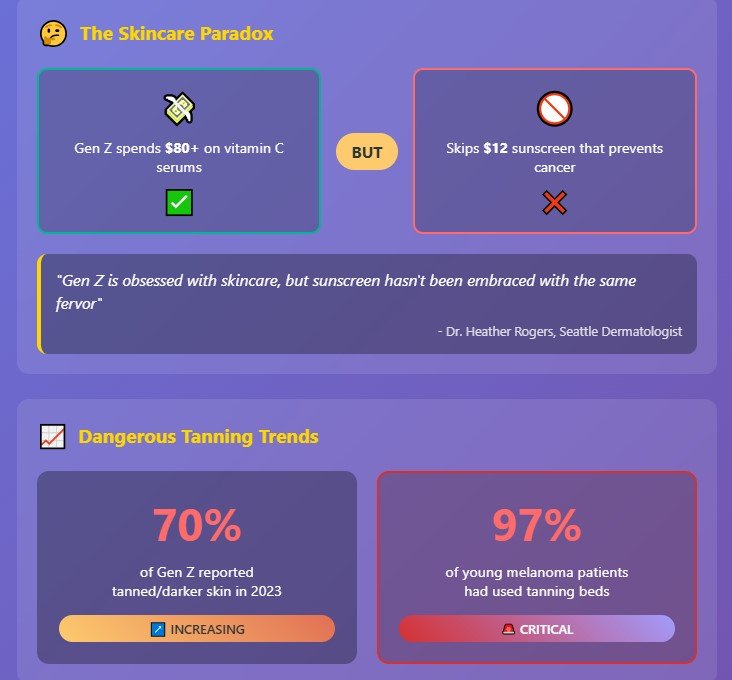
Let that sink in.
Half of Gen Z adults got sunburned in 2023 – the highest rate since 2020. Dr. Veena Vanchinathan, a board-certified dermatologist, puts it bluntly: “Your skin never forgets a sunburn.”
The Instagram Effect

Social media isn’t helping. While Gen Z obsesses over skincare routines and drops hundreds on serums, they’re ignoring the one thing that matters most: sun protection.
Dr. Heather Rogers from Seattle noticed the paradox: “Gen Z is obsessed with skincare. Despite sunscreen being in this category, it hasn’t been embraced with the same fervor.”
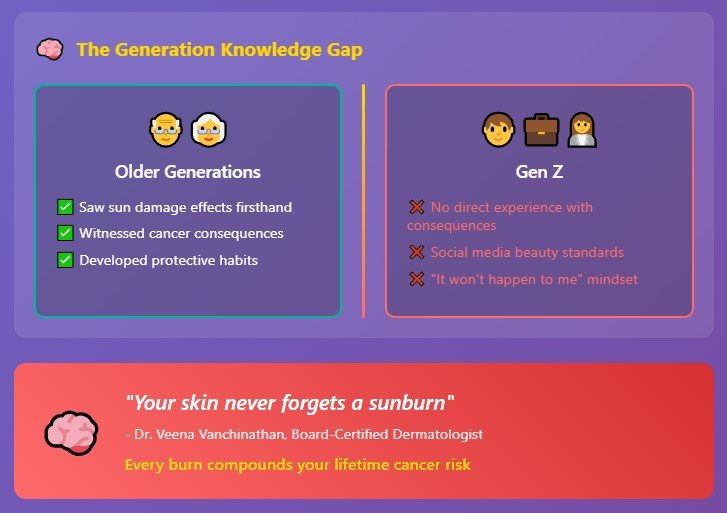
Translation: They’ll use an $80 vitamin C serum but skip the $12 sunscreen that prevents cancer.
The Hidden Costs of Summer Fun
The Hidden Financial Cost of Summer Sun Damage
When that “free” tan becomes the most expensive mistake of your life
National Economic Burden
Treatment Cost Evolution
Personal Financial Impact
Prevention Return on Investment
Think skin cancer is just a health problem? The financial reality will shock you.
Annual skin cancer treatment costs: $8.9 billion and rising.
But here’s the personal cost that hits home: The average person who dies from melanoma loses $413,370 in lifetime earnings.
That “harmless” tanning session starts looking pretty expensive when you see numbers like that.
Treatment Costs Are Exploding
- Mohs surgery increased 700% from 1992-2009
- Costs 120-370% more than standard surgical excision
- Projections show costs rising to $1.6 billion by 2030
The good news? Every dollar spent on prevention saves $3.20 in treatment costs.
Surprising UV Facts That Change Everything
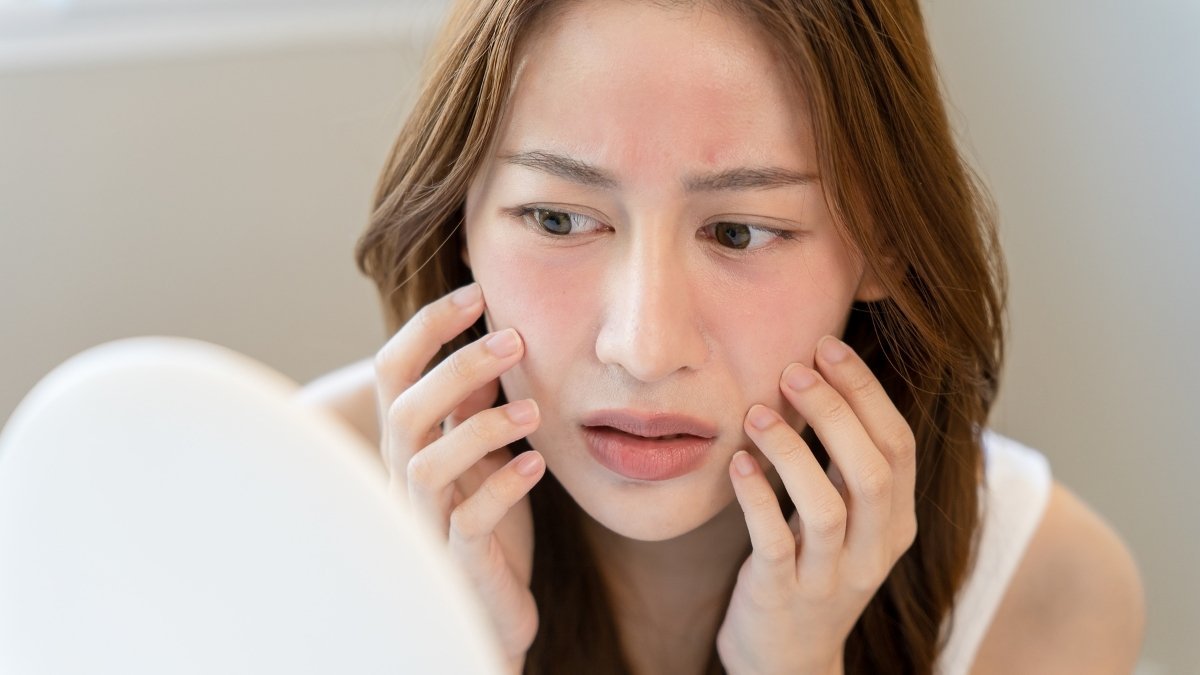
Ready for some mind-blowing science? These facts will completely change how you think about summer activities:
Your Car Isn’t Protecting You
Car windows block UVB but not UVA radiation. That’s why truck drivers often get more skin damage on their left side (the window side) than on their right.
The Timing Truth
Here’s a stat that’ll change your daily routine: 20-30% of daily UV radiation happens between 11 AM and 1 PM.
That quick lunch run? That afternoon coffee date? You’re getting blasted with cancer-causing radiation and don’t even know it.
The Wet vs. Dry Surprise
This one’s counterintuitive: Wet beach sand reflects only 7.1% of UV rays versus 15-18% for dry sand.
So technically, that wet sand after the waves is “safer.” But don’t get too excited – you’re still getting fried from above.
What Works (And What Doesn’t)
Sun Protection: What Actually Works vs What Doesn’t
Stop wasting money on protection theater
The SPF Sweet Spot Truth
The Real Protection Hierarchy
“Sunscreen should be what you put on AFTER everything else” – Dr. Anisha Patel
Protection Myths vs Reality
Exposure Pattern Analysis
The Smart Protection Strategy
Forget everything you think you know about sun protection. Here’s what the research shows:
The SPF Sweet Spot
SPF 30 absorbs 97% of UV rays. SPF 50 absorbs 98%.
See the difference? It’s barely there. You don’t need to spend $50 on SPF 100 sunscreen. Daily use of SPF 15 reduces melanoma risk by 50%.
The Real Protection Strategy
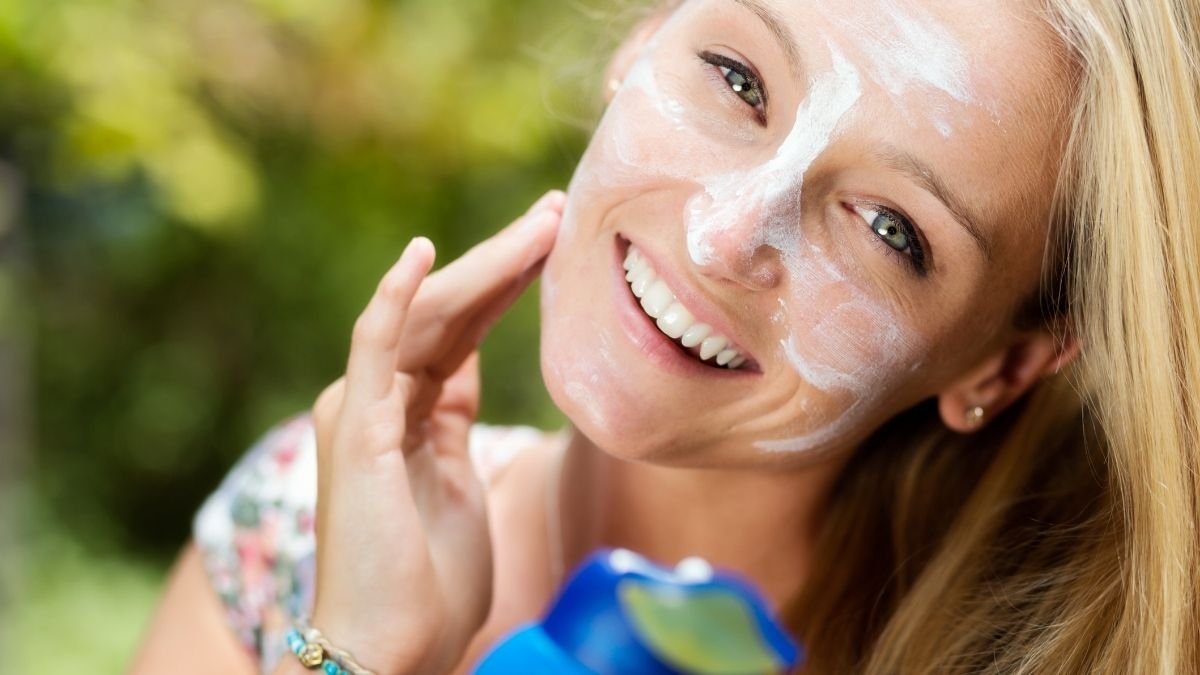
Dr. Anisha Patel from MD Anderson puts it perfectly: “Sunscreen should be what you put on after you’ve done everything else to protect your skin.”
Translation: Sunscreen is your backup plan, not your primary defense.
The most effective protection:
- Avoid peak hours (10 AM to 4 PM)
- Cover up with clothing first
- Wear a wide-brimmed hat
- Seek shade whenever possible
- THEN apply sunscreen
The Weekend Warrior Warning
Here’s something that’ll surprise you: Office workers have higher melanoma rates than outdoor workers.
Why? Outdoor workers develop protective habits. Weekend warriors and vacationers get intense, concentrated UV doses without proper protection.
It’s like the difference between drinking one beer every day versus downing a six-pack every Friday. Your skin can’t handle the sudden assault.
The Bottom Line: Your Skin Remembers Everything
Every sunburn. Every tanning session. Every cloudy day you skipped protection.
Your skin is keeping score.
Dr. Tina Alster from the Washington Institute of Dermatologic Laser Surgery warns: “A single severe sunburn can double your lifetime risk for malignant melanoma.”
One bad day. Double the risk. Forever.
What You Can Do Right Now
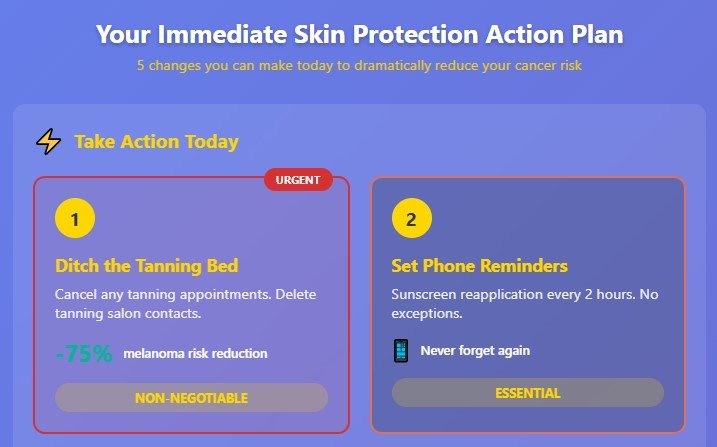
Don’t panic. You’re not doomed. But you need to start making smarter choices today.

Your New Summer Rules:
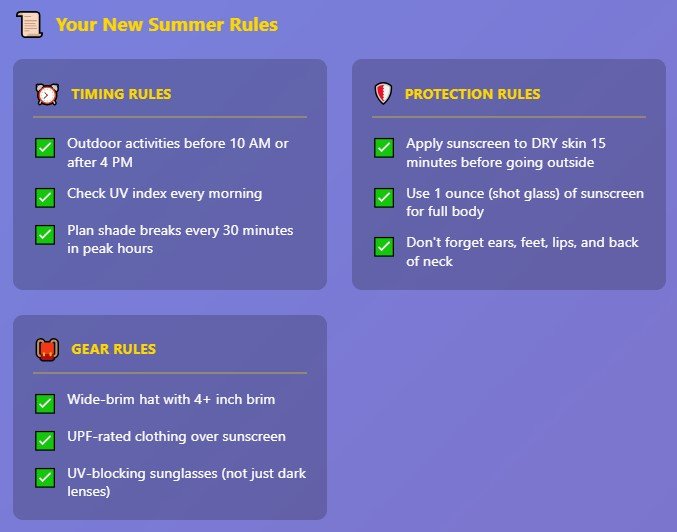
- Ditch the tanning bed. Seriously. There’s no “safe” way to use one.
- Reapply sunscreen every 2 hours. Set a phone reminder. Your future self will thank you.
- Check the UV index. Above 6? Stay inside during peak hours.
- Invest in UPF clothing. It’s like sunscreen, you can’t forget to reapply.
- Get annual skin checks. Early detection saves lives (and money).
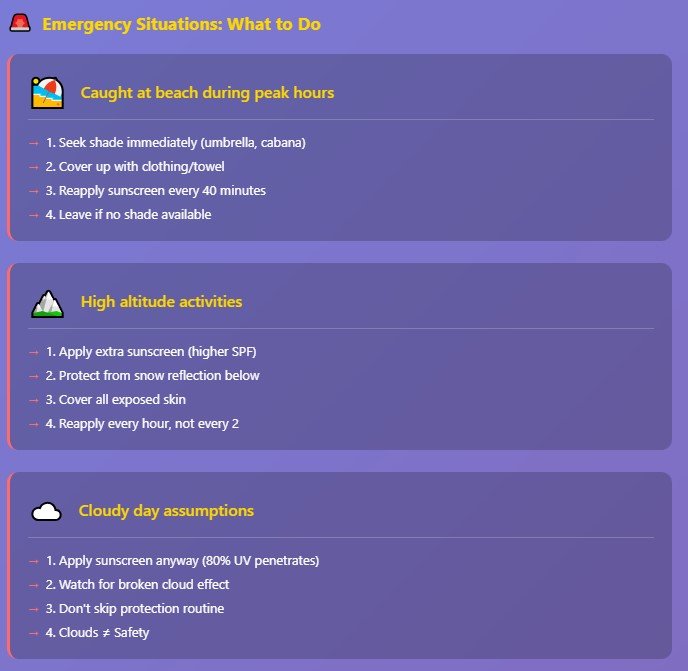
The 11 AM to 1 PM Rule
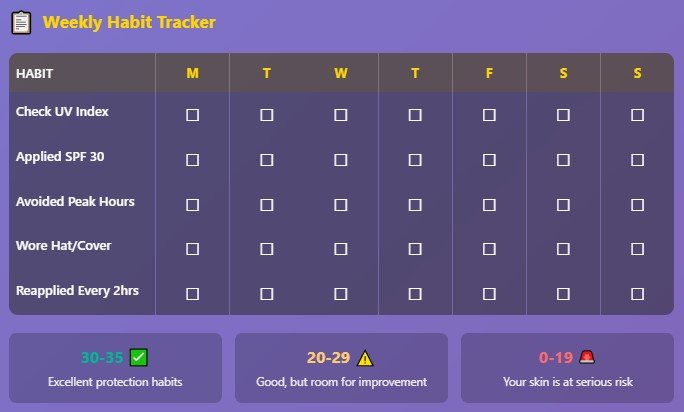
Remember that 20-30% UV concentration I mentioned? Plan your outdoor activities around it. Beach time before 11 AM or after 1 PM. Your skin will notice the difference.
The Reflection Reality Check
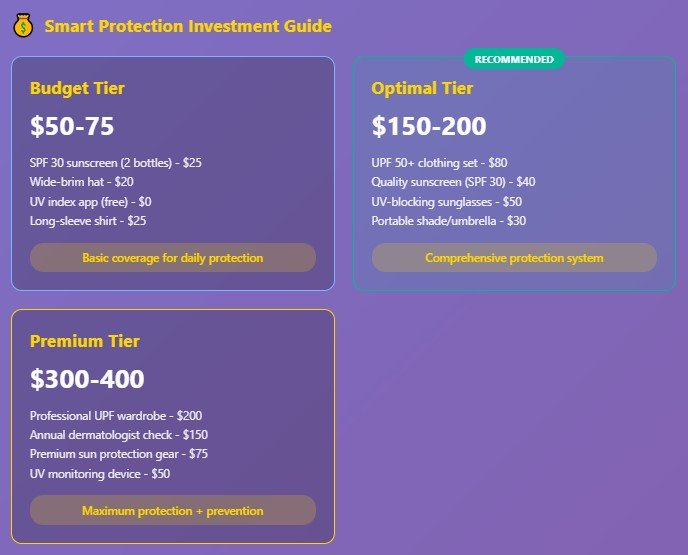
Beach vacation coming up? Pack extra sunscreen and reapply more often. Those UV rays are hitting you from multiple angles.
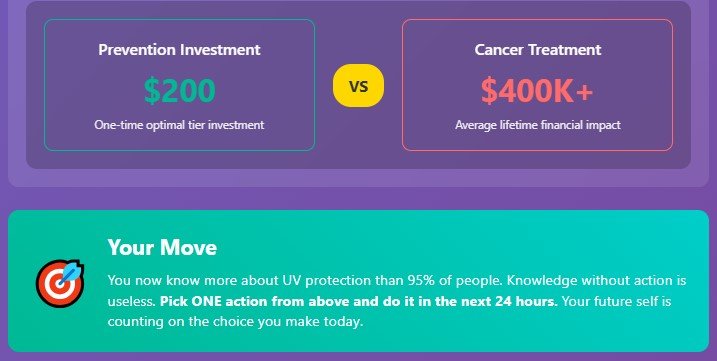
Mountain trip planned? Factor in that altitude bonus radiation. What feels like mild sun exposure is actually an UV assault.
Your Skin, Your Choice
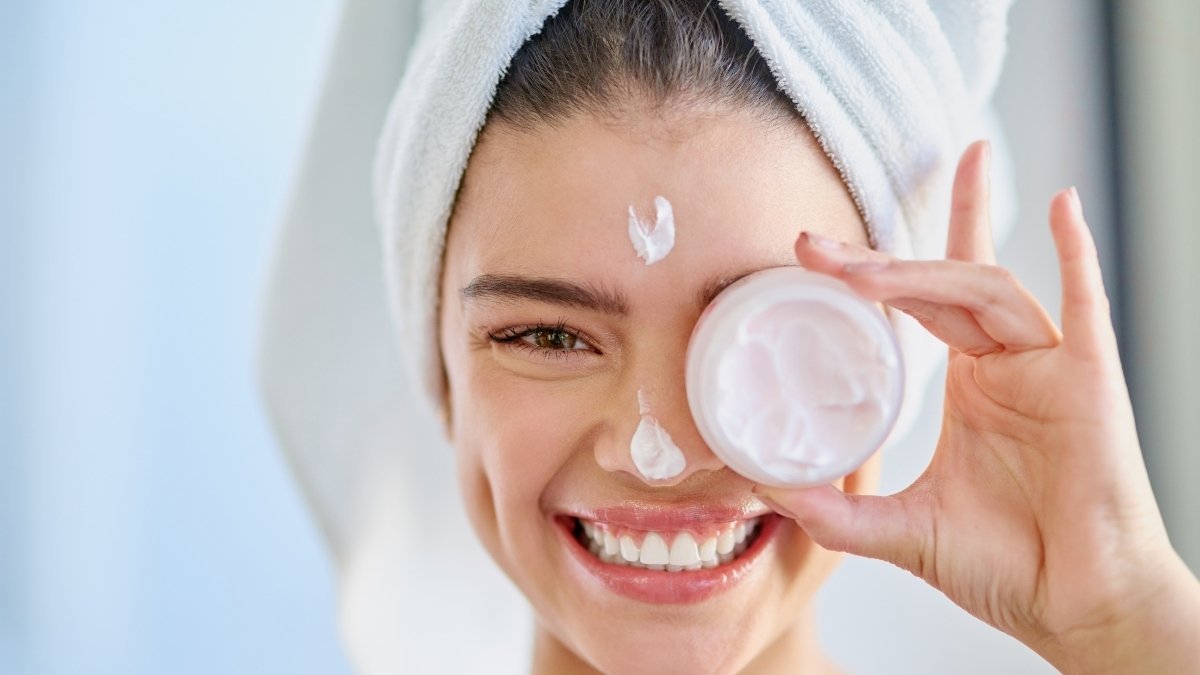
Look, I’m not trying to scare you out of enjoying summer. Life’s too short to hide indoors all season.
But knowledge is power. Now you know what you’re up against.
The research is clear: specific summer activities dramatically increase your cancer risk. Indoor tanning is the worst offender, but beach reflection, mountain altitude, and even cloudy days can catch you off guard.
The good news? Prevention works. The choices you make this summer will impact your health for decades to come.
So what’s it going to be? That temporary tan that fades in weeks, or healthy skin that lasts a lifetime?
Your move.
Ready to take your skin protection seriously? Start with a professional skin screening. Early detection is your best defense against skin cancer. Book an appointment with a dermatologist today – your future self will thank you.


